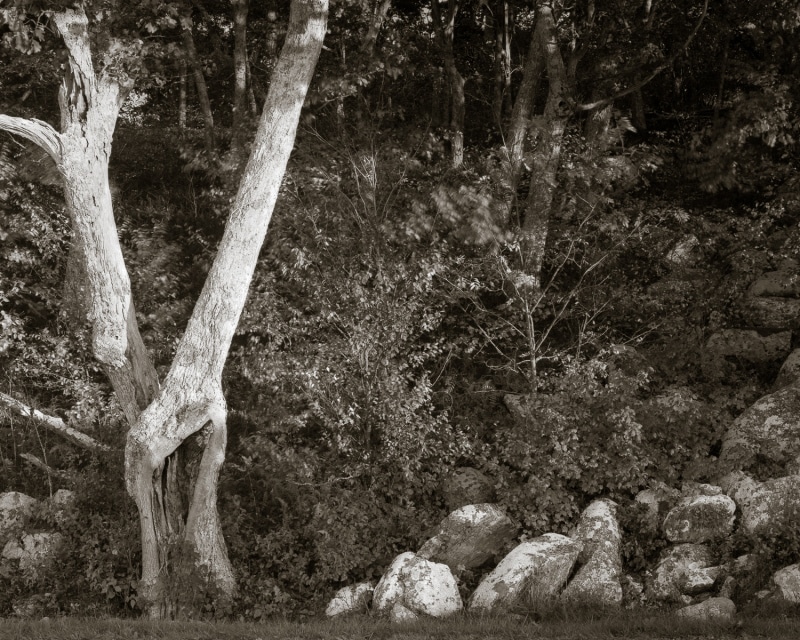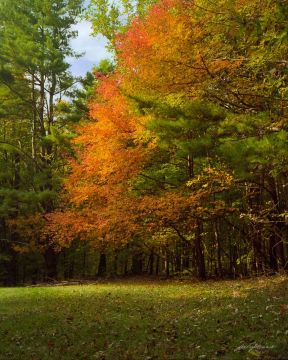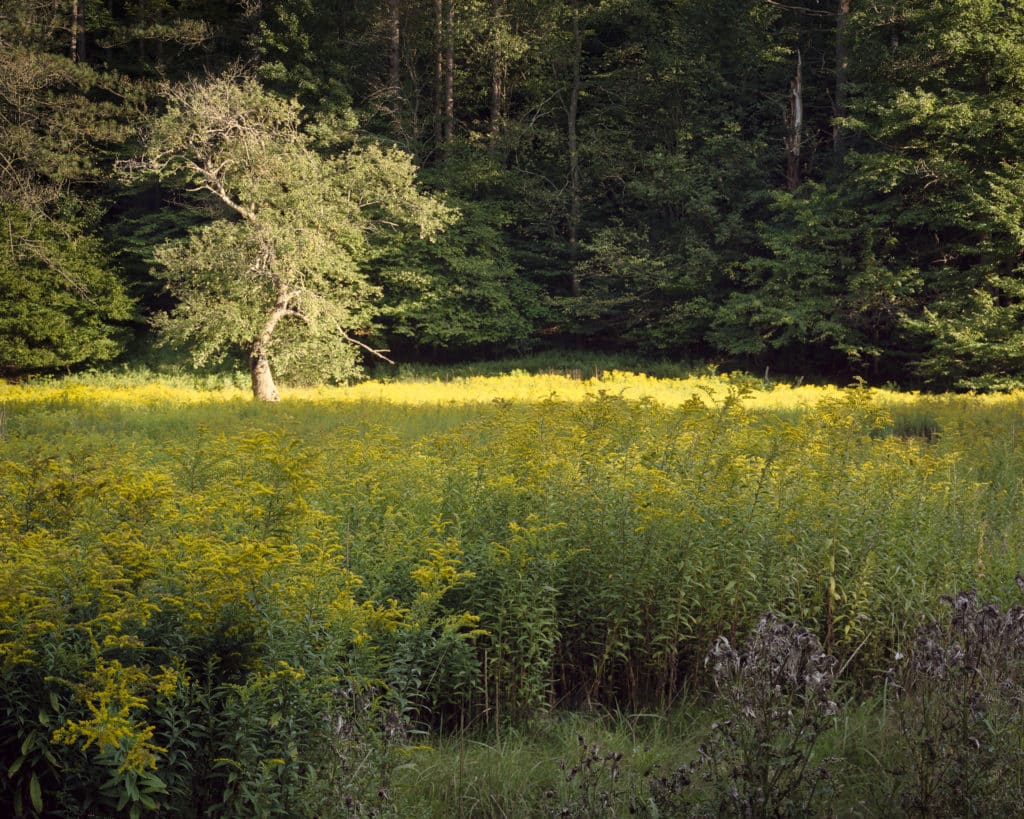
Chances are, you take pictures. And before you take a picture, you have to make a mental decision of what to take a picture of? Often, a photographic subject sees us as much as we see it.
There’s a quote that’s always stuck with me, and I wish I could remember who said it first, but it goes something like this:
“I don’t take pictures of what I see, I take pictures of what sees me.”
That statement really resonates with me. My favorite photographs often contain some subject that caught my attention and held me captive for several moments. Subjects sometime seem to see me as intently as I see them.
A good example of this is the old wild apple tree in “Recital,” which I found in a clearing in the Allegheny Mountains of New York.
I first noticed it while driving on a small road last Autumn. And just like when you first see a person at an event who looks interesting and find them looking back at you, this simple gesture invites further conversation, doesn’t it?
It doesn’t always happen this way. There are some people at that same event who are oblivious to my presence: So they become oblivious to me. It’s a natural behavior; it’s no fun talking with someone who turns their back on you.
It works the same way when I’m out taking pictures.
The truth is, this tree wasn’t that pretty when I first saw her. The sun was high in the sky and washed out everything in the clearing where she lived. But her character was hard to miss even in such harsh light, and she was definitely staring at me. I promised her I’d come back when she was feeling better, and we could have a longer conversation. (She agreed, of course).
To make a long story short, over the course of 3 days I drove by her clearing several times at different parts of the day, trying to find a time when she was better suited to have her picture taken. It finally happened on the final evening of my trip, when the setting sun made her shine as if she were the only important being in the clearing, and I enjoyed what appeared to be her unique way of dancing in the spotlight!
Has this happened to you? Do you sometimes get the feeling that a photographic subject seems to be as interested in you as you are in them?
That’s what it means by “…taking pictures of things that see me.” Even if it’s a tree. And there’s no better way to remember the encounter than by taking a picture!
That’s what I love about photography!
Until next time,
J.
Explore similar images and subjects that seem to see me while walking around:

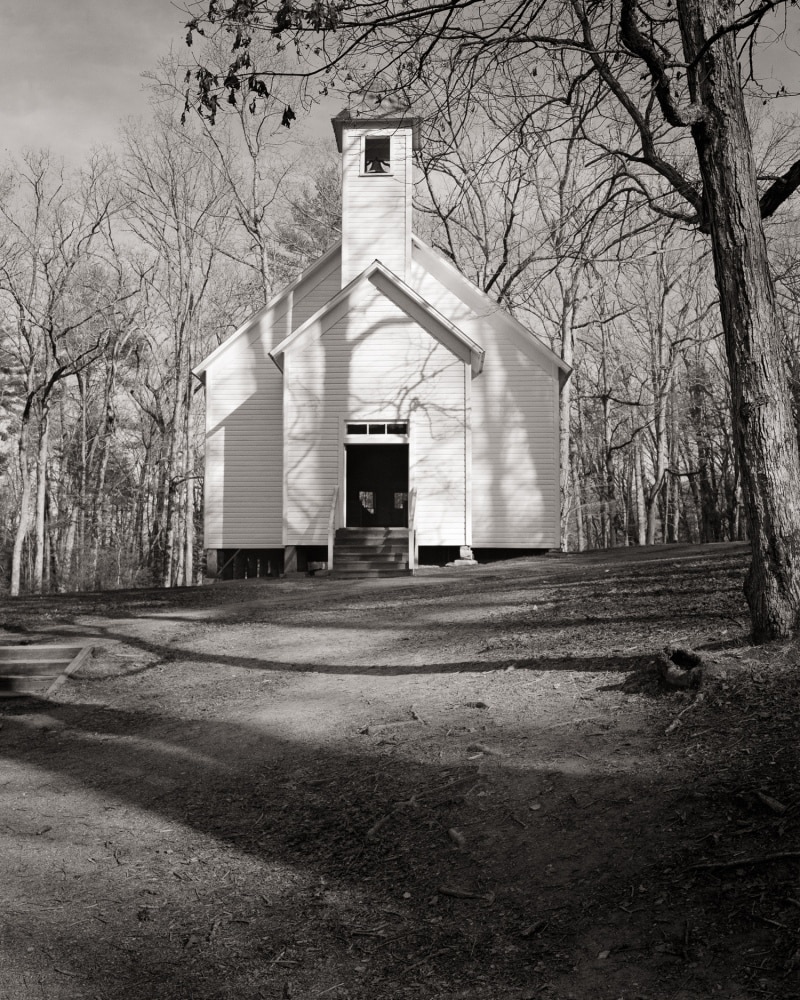
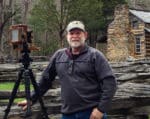
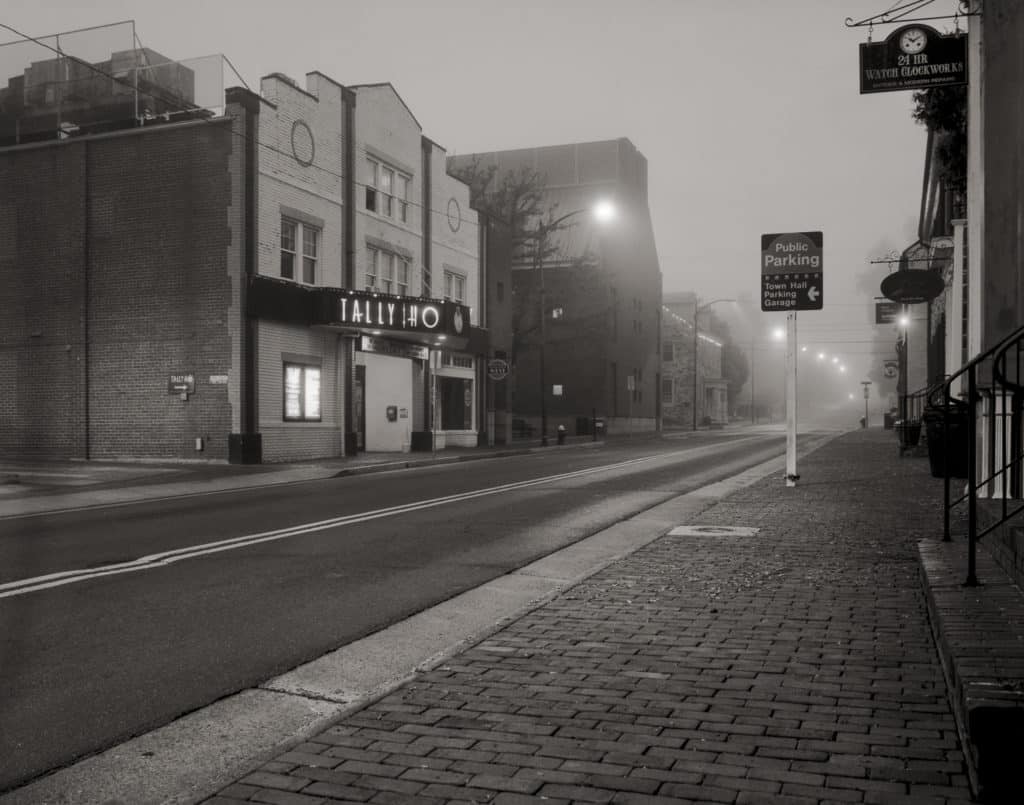


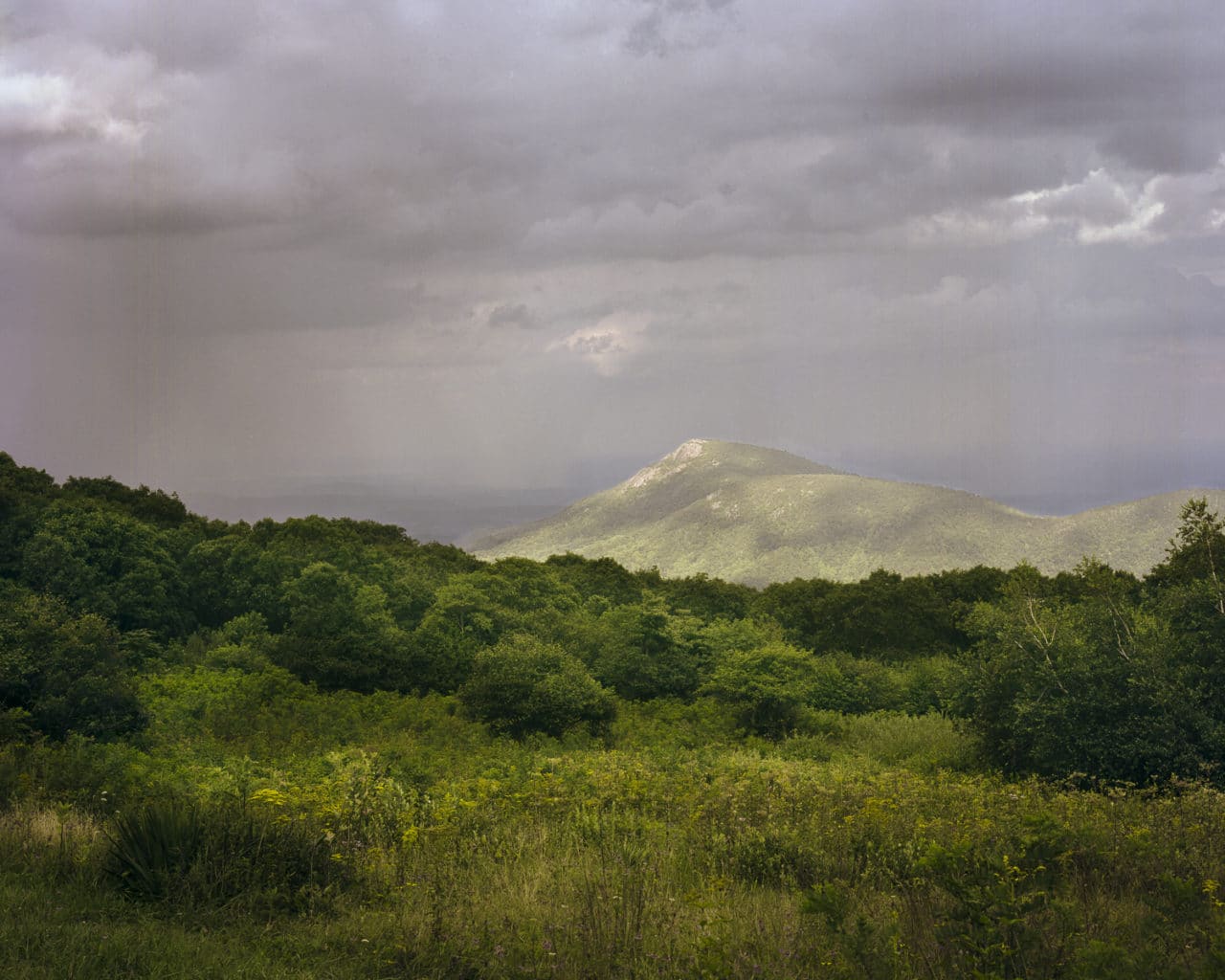
 By definition, taking a picture of an iconic subject means that you’re not the first to do so. In fact, the more iconic the subject is, the more it’s had its picture taken. Who hasn’t seen the hundreds of variations of Ansel Adams’s picture of the Snake River? It’s an iconic scene. But today any picture from the same vantage point is also common, cliche, and even boring at this point. But still, if you’ve ever been to this vista over the Snake River valley and didn’t take a picture of it, well, you’re the exception to the rule 🙂
By definition, taking a picture of an iconic subject means that you’re not the first to do so. In fact, the more iconic the subject is, the more it’s had its picture taken. Who hasn’t seen the hundreds of variations of Ansel Adams’s picture of the Snake River? It’s an iconic scene. But today any picture from the same vantage point is also common, cliche, and even boring at this point. But still, if you’ve ever been to this vista over the Snake River valley and didn’t take a picture of it, well, you’re the exception to the rule 🙂


 Chiaroscuro is an old fashion style of art, dating from the 1700s masters of portrait, still life, and genre painters like Caravaggio and Rembrandt. But it’s popularity has never gone away. Thomas Cole, Thomas Moran, and Albert Bierstadt, painters from the Hudson Valley School (1800s) extended the chiaroscuro style to landscapes. There are many contemporary painters and photographers who continue to make images in the chiaroscuro style, including me.
Chiaroscuro is an old fashion style of art, dating from the 1700s masters of portrait, still life, and genre painters like Caravaggio and Rembrandt. But it’s popularity has never gone away. Thomas Cole, Thomas Moran, and Albert Bierstadt, painters from the Hudson Valley School (1800s) extended the chiaroscuro style to landscapes. There are many contemporary painters and photographers who continue to make images in the chiaroscuro style, including me.


